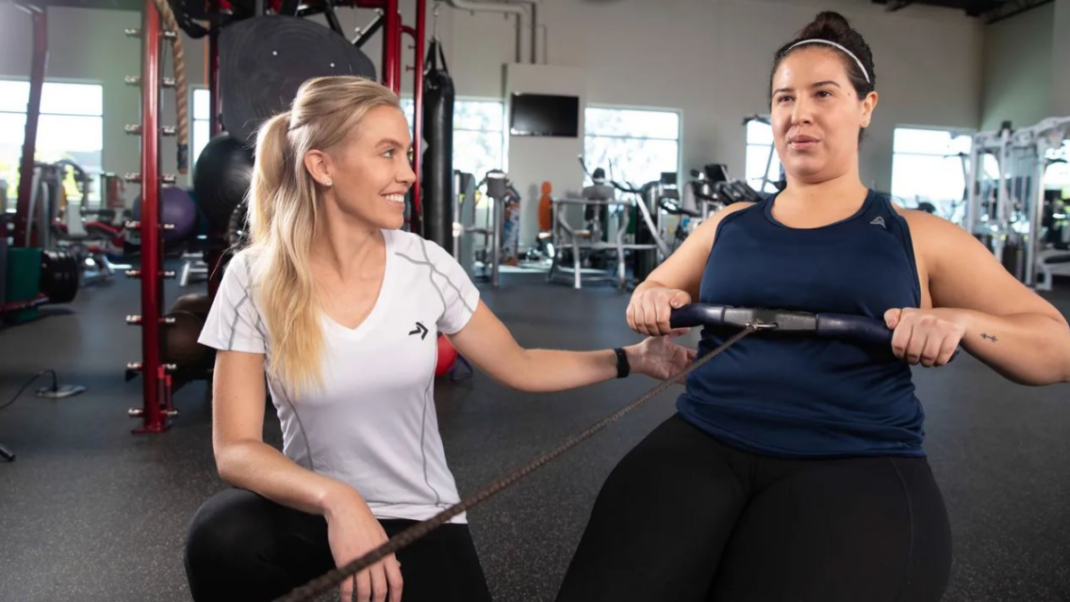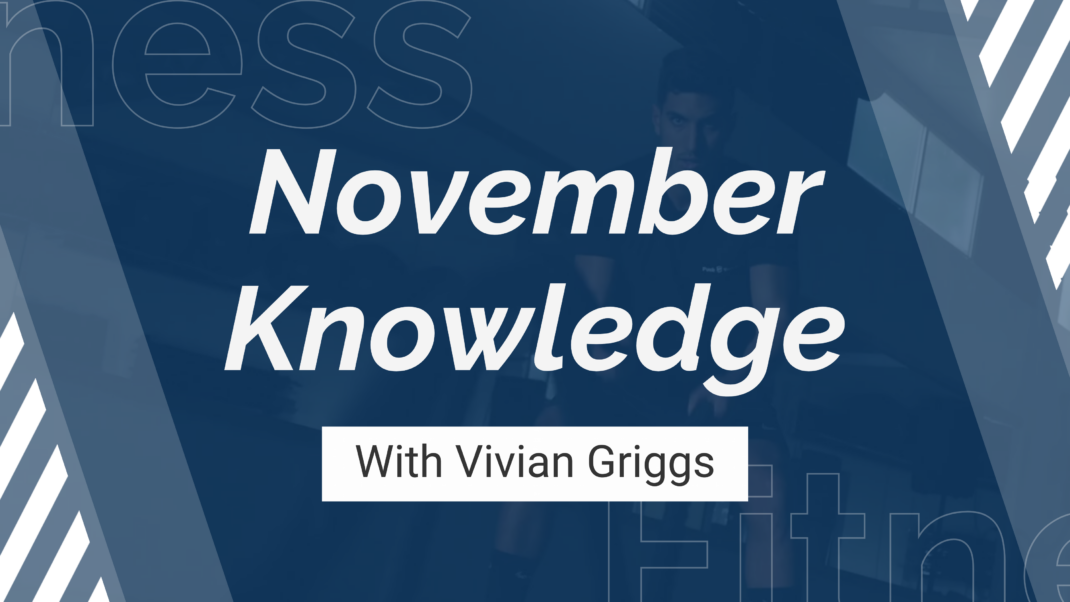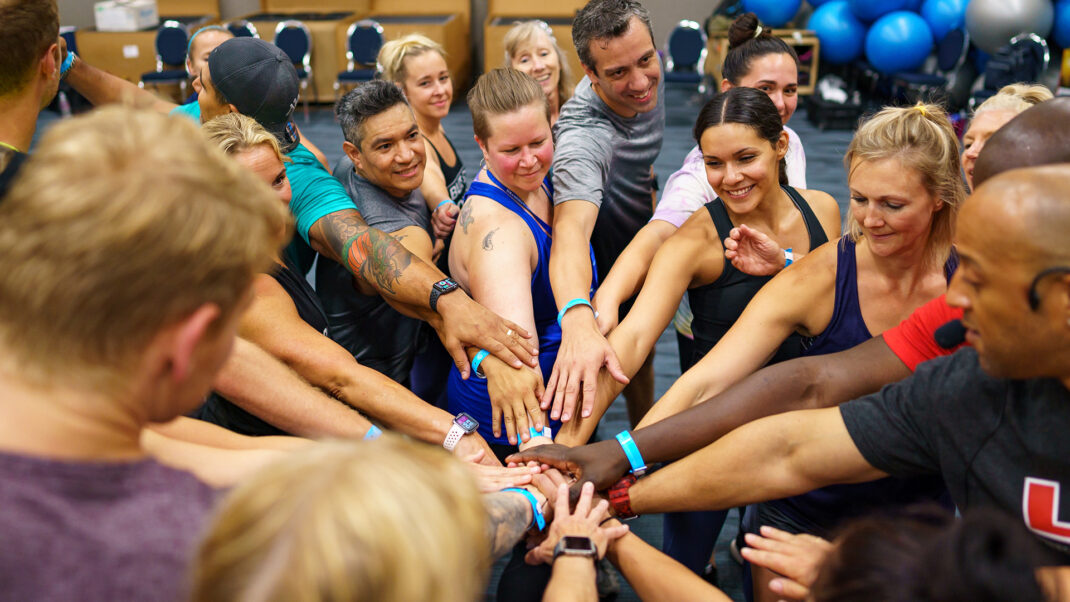How to Thrive in Low-Income Markets
Craft a clear message of hope, and then meet the unique needs of people who can benefit from your services.

Do you believe that fitness is for everyone? Do you struggle to accommodate people who can’t afford to work with you? You may be so passionate about reaching everyone that you volunteer in the trenches, speak at service clubs, host health fair booths and support charitable runs. In addition to sharing your goodwill, you can build a thriving business while serving a low-income market. In fact, you can be wildly successful, make money and have a significant positive impact.
Before you slash prices or cram more bodies into your training sessions, invest in a powerful message. Tailor your facility’s services to fit a population that has less disposable income, more health risks and challenging schedules. This article will show you how to reach people in a low-income market and grow your business doing it.
Investing in Self
People with limited resources still spend their hard-earned dollars. They decide what makes them feel better. You can provide the answer with fitness. However, people are not spending their money on your business. They’re spending it on themselves. Once you understand this, your business changes.
I know this first-hand. I live and work in Alpena, Michigan, a small community where manufacturing has declined or has been boarded up completely. Change is hard, and many people have lost their jobs. Our population and income have decreased. The estimated median household income in 2009 was $29,279. Our community has double-digit unemployment, an alarming diabetes rate and scores of people who smoke and are obese. Yet, my medically based health club has helped thousands. So what’s the secret sauce? It’s the message.
Quite simply, people who live fit live better. Not everyone wants a bikini body or six-pack abs, but everyone wants a better life. I’ve noticed that people who live fit spend less on health care, perform better at their jobs, enjoy rewarding relationships, have fewer aches and pains, enjoy higher self-esteem, are happier and feel less stressed. Conversely, poor health leads to poverty in all areas of life. I have adapted my business to fit this message. When you focus on the message and the clients, money will follow—no matter the market challenges. Here are some ways to make that happen.
Be Personable, and Stay on Message
In low-income markets it’s important to look into people’s eyes and genuinely speak your message. People want to believe in you if they are going to do business with you. It’s easy to get off-track. You may want to jump right into making fitness easier for people to participate in by adjusting your hours, pricing and services. However, if fitness isn’t in someone’s top five priorities, it’s nonexistent. It won’t matter if you offer something for free or for $100 per session. It won’t matter if it’s one-on-one or in a small group. It still will have no value. So start with the message.
For example, recently I was invited to talk about health and wellness to the midnight shift at a manufacturing plant. The company was announcing changes to their healthcare plan to avoid a 20% premium hike. Under the new plan, many employees opted for higher deductibles and hoped they’d stay healthy.
When my turn came, all heads were down and all eyes were focused on the floor. Some nervously shuffled papers. I stuck to my message: People who live fit live better. I focused on the idea that prevention costs less. It’s easier to cut fast food and soda than to pay for cholesterol medication. It’s easier to take a daily walk than to get a knee replacement. I talked about how small changes yield big results—more water, less soda, more strength training and less time spent sitting. I made eye contact with each person and painted the picture of a life with fewer aches and pains, cheaper co-pays and more fun enjoying activities each one of them liked—from hunting to skating. This resonated. It wasn’t about a sale; it was about a solution. It wasn’t about money. It was about life!
Share the Good News
Once you’ve crafted your message, you have to share it, and not just in an e-mail blast campaign or on Facebook. You have to dig into your community and share it in person.
In Alpena, I share my message everywhere: workplace break rooms, assisted living centers, sports banquets and court-ordered programs for parents of neglected kids. Be known for your message, and the average income in your community will become less of an issue.
Once you’ve crafted your message and reached out to the community, you’re on your way to thriving in a low-income market. The next step is to adjust your programs to fit this population’s unique challenges.
Three Challenges in a Low-Income Market
1. Limited discretionary income. Although money is tight, people still spend it on things they want. Consumers are cutting back on basics and spending more on indulgences. Don’t get bogged down in the fear of limited money. You don’t have to give your services away or come up with a two-for-one gimmick. Create outrageous value—programs that yield results—and price them fairly. Adopt the mindset of a successful professional with whom people want to do business.
For example, provide payment plans to make it easier for people to do business with you. At Bay Athletic Club, we invite people to make installments on “payday Friday” during our 6-week program. We also let people pay half at the beginning and half at the end. We want them to finish! Also, be smart about how you ask for money. Encourage people to invest in themselves. Tell them that they deserve it, and then be quiet. Let it sink in. Often, they smile.
2. Greater health challenges. The low-income population is also associated with a higher number of health risks, including poor diet, smoking, sedentary lifestyle and obesity, which can lead to diabetes and heart disease. Design comprehensive programs that offer more than a workout.
For example, include life-coaching techniques to help people make real, long-standing changes. Ask a lot of questions about schedules, eating habits, history with fitness, stress points and support systems. Help find solutions. Provide simple nutrition guidelines, a food journal, recipes and grocery shopping lists to help clients make smarter choices. Share educational articles about their health risks. Include low-impact exercises in your program to help people who are overweight, weak or simply out of shape.
3. Limited time. Low-income clients often have less free time because of multiple jobs, nighttime work shifts and limited access to childcare. Make simple adjustments to serve them. Empower people to become healthier on their own by creating at-home workout routines and by sharing products and DVDs that will support them (set up affiliates with those companies so you get credit for your referrals). Clients will still perceive you as the expert and will return to you for help.
Offer ongoing coaching and accountability programs that provide value yet don’t require a lot of time—such as weekly weigh-ins, 30-minute express workouts and coaching via phone and email. If possible, offer workouts early in the morning, at lunch and late at night to accommodate all shifts.
Another option is to offer programs with specific start and end dates and a limited time commitment, such as a 10-day boot camp, a 6-week wellness program or a 30-day challenge. In my community, low-income participants routinely line up extra babysitting help, swap shifts at work and even cash in vacation time to make time to reach short-term goals. If you create value, these clients will come back again and again.
It is possible to be successful in a low-income market. Look at it as a new opportunity rather than a challenge. Remember that people are not giving you their money; they are investing in themselves. When you create a powerful message, share that message and modify your programs to meet this group’s needs, you will be on your way to thriving in a low-income market.
Trina Gray
"Trina Gray is recognized worldwide as a passionate leader in the fitness industry. She is a successful health club owner, business mentor and IDEA presenter. Trina has owned Bay Athletic Club, a medical-based health club, and Bay Urban Fitness, a large group training studio, for more than a decade. She also founded Team Rockstar Fit, an online coaching team of thousands of fitness professionals who partner with Beachbody®. She is the recipient of the first-ever IDEA Fitness Leader of the Year award, the Top 10 Small Business of the Year award in Michigan, the CEO Award from Beachbody and the Outstanding Community Service Award from IHRSA. She is a savvy entrepreneur who loves sharing business and life lessons with fitness professionals."





